Yoga is one of those things that practically everybody has heard of, and for good reason—it’s great for your body and your mind. One of the main components of yoga is something called “asanas,” which is just a fancy Sanskrit word for poses or postures. These poses do everything from calming your nerves to increasing your strength and flexibility.
But wait—how many types of asanas are there? What do they do? And how do I know which ones are for me?
Let’s break it all down in a way that actually makes sense, especially if you’re just starting your yoga journey.
What Are Asanas, Really?
Okay, first things first. “Asana” simply means posture or pose. In yoga, it’s all about how you hold your body. Each pose has a purpose—some energise you, some relax you, and others help you stretch or strengthen certain parts of your body.
When you combine asanas with breathing and mindfulness, they become powerful tools for both physical and mental well-being.
So if you’ve been wondering, “What are the benefits of yoga asanas?”—the short answer is: A lot! But we’ll get into the details shortly.
So, How Many Types of Asanas Are There?
That’s a question many beginners ask. Technically, ancient yogis talked about 84 classic asanas, but modern yoga has tons more variations. To keep things simple, most yoga teachers and schools divide them into 3 types of asanas:
- Meditative Asanas
- Cultural Asanas
- Relaxation Asanas
Let’s explore each one, and we’ll also go over different types of yoga asanas with names and what they’re good for.
1. Meditative Asanas – The Chill Zone
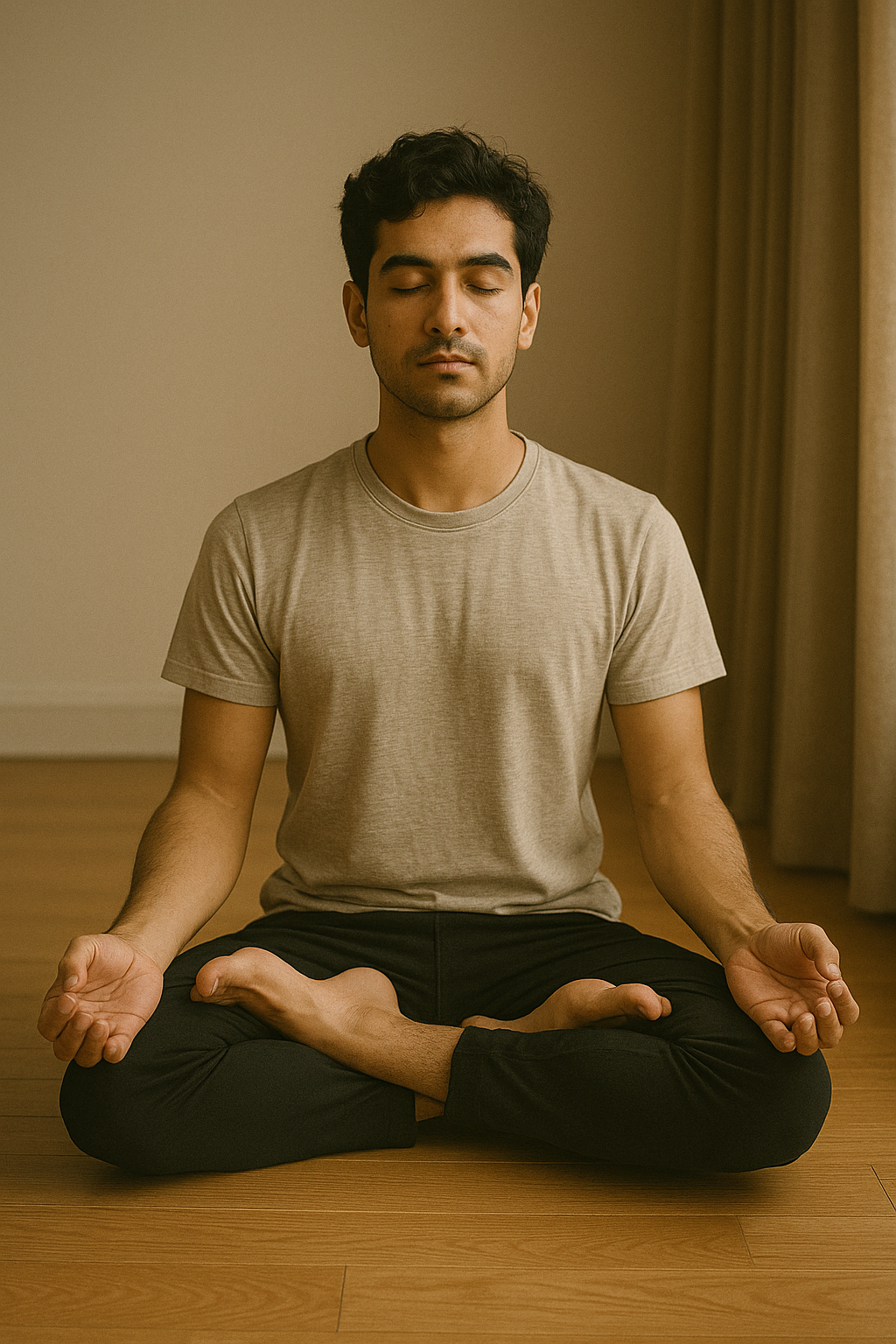
These are the poses you use for meditation and breathing exercises. They’re usually simple, seated positions meant to keep your spine straight and your body relaxed for long periods.
Examples:
- Padmasana (Lotus Pose)
- Sukhasana (Easy Pose)
- Vajrasana (Thunderbolt Pose)
Benefits:
- Keeps your spine aligned and supports good posture
- Helps you stay calm and focused
- Great for practising deep breathing or meditation
- Vajrasana is especially good for digestion if you sit in it after meals
These are probably the most underrated asanas, but they’re super important if you’re into mindfulness or want to start meditating regularly.
2. Cultural Asanas – The Movers and Shakers
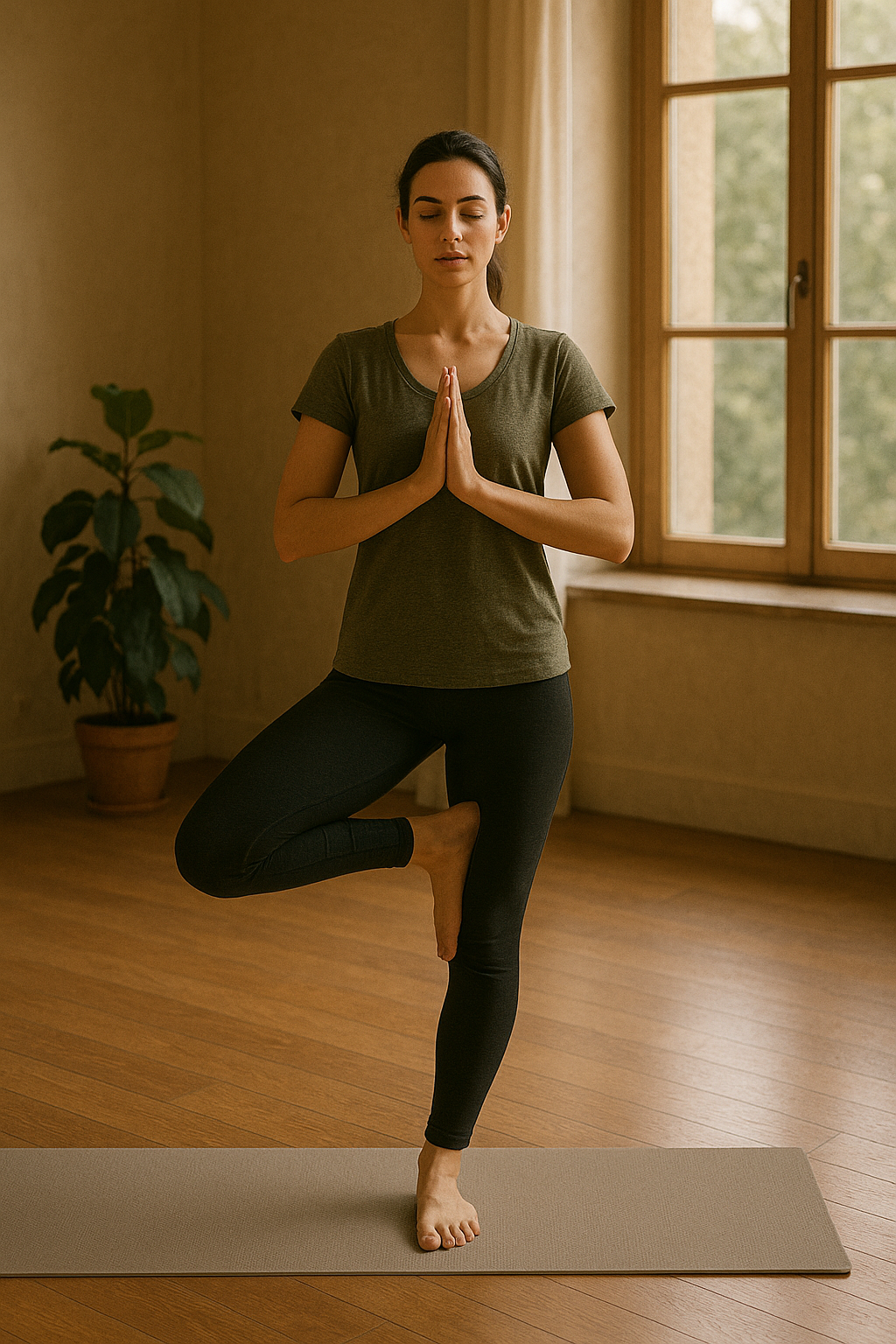
These are the poses that most people picture when they think of yoga. They help you build strength, improve flexibility, and stay fit. There are tons of these, and they’re often split into different categories like standing, sitting, balancing, and inverted poses.
Let’s look at different asanas of yoga and their benefits under this group.
Some Popular Ones:
- Tadasana (Mountain Pose) – a great beginner standing pose
- Trikonasana (Triangle Pose) – stretches your sides and legs
- Bhujangasana (Cobra Pose) – awesome for your spine
- Paschimottanasana (Seated Forward Bend) – stretches the whole back body
- Vrikshasana (Tree Pose) – improves balance
- Sarvangasana (Shoulder Stand) – good for blood flow and thyroid
What They Do:
- Increase flexibility and strength
- Improve your posture
- Help with blood circulation
- Aid digestion and metabolism
- Keep your muscles and joints healthy
Honestly, this is where most of the magic happens. These different types of asanas make up the bulk of a typical yoga session. Whether you’re looking to tone your body, improve focus, or feel more energetic, cultural asanas have you covered.
3. Relaxation Asanas – The Wind-Down Poses
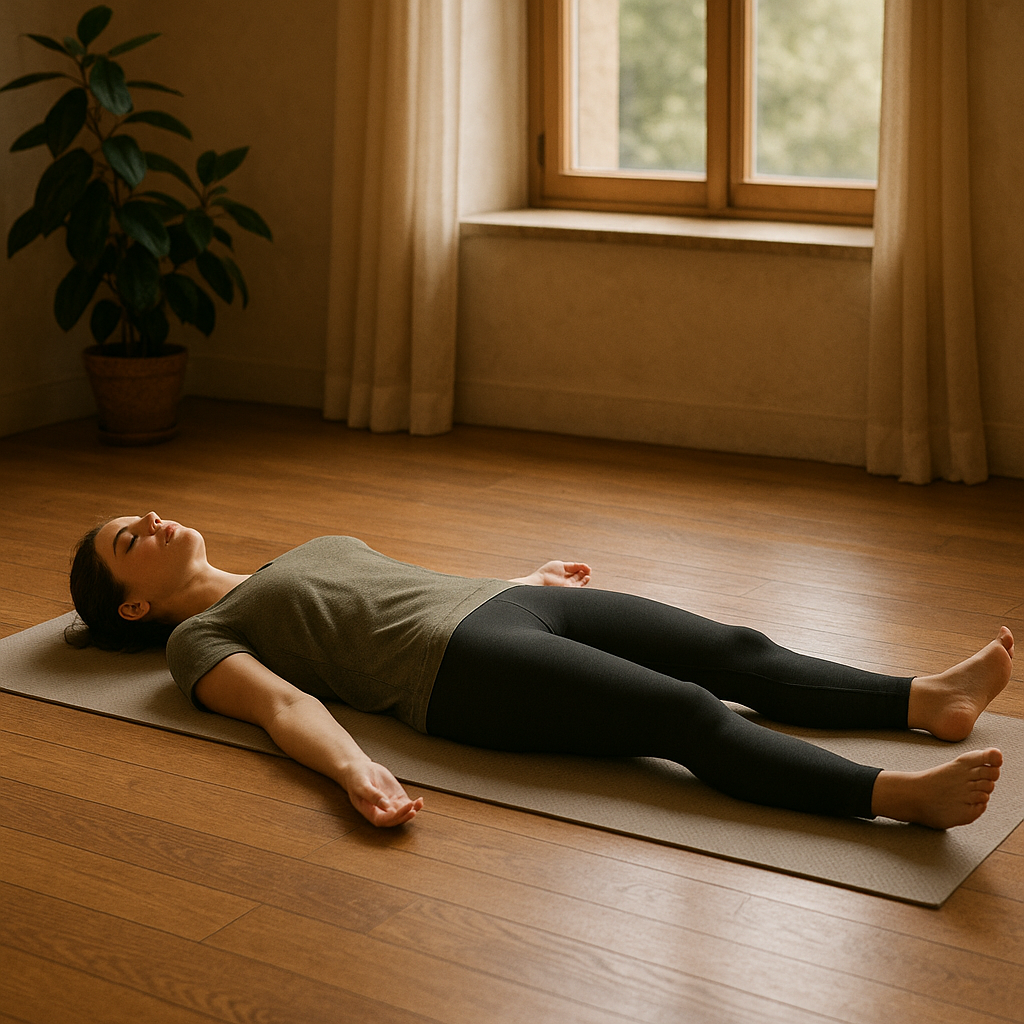
After all the stretching and balancing, you need some time to just lie down and let your body absorb the benefits. That’s where relaxation asanas come in.
Go-To Poses:
- Shavasana (Corpse Pose) – you just lie down and breathe
- Makarasana (Crocodile Pose) – great for relaxing the lower back
Benefits:
- Calms the nervous system
- Reduces stress and anxiety
- Helps with better sleep
- Restores energy and focus
These might look super easy (and they are), but they’re crucial for balancing out your practice. Don’t skip them!
Quick Recap: The Main Types of Yoga Asanas
If you’re still asking, how many types of yoga asanas are there? Here’s a quick cheat sheet:
| Type | Examples | Best For |
| Meditative | Padmasana, Sukhasana, Vajrasana | Focus, breathing, calm |
| Cultural | Tadasana, Trikonasana, Bhujangasana | Strength, flexibility, fitness |
| Meditative | Shavasana, Makarasana | Rest, recovery, stress relief |
These are the 3 types of asanas you should know. And once you get the hang of these, you can explore all sorts of variations.
Why Bother with Different Types of Asanas?
Each type has its own perks. Meditative asanas help you centre yourself. Cultural asanas get your body moving and flexible. Relaxation asanas help you recover and reset.
Mixing all three into your weekly routine is the best way to experience the full benefits of yoga. Whether you’re trying to feel less stressed, sleep better, or simply move more freely, yoga asanas can help.
So the next time you ask yourself, “How many types of yoga asanas are there?”, you will know the answer is more than just a number. It’s about choosing the right type for your body and your goals.
👉Check out this quick video to learn meditation asanas in yoga in minutes.
Final Thoughts
The world of yoga is huge, but understanding the types of asanas is a great place to start. Now that you know the different types of yoga asanas with names and what they do, you can mix and match based on how you’re feeling.
Feeling tense? Try some meditative or relaxation poses. Want a quick energy boost? Go for the cultural ones.
The best part? You don’t need any fancy equipment or experience. Just a mat, some curiosity, and a few minutes a day.
So roll out that mat, try a few poses, and see how your body and mind respond. Once you get into it, you’ll see why yoga has stood the test of time.
To explore how yoga can be integrated into a balanced lifestyle for overall well-being, check out Yoga for Healthy Life: Benefits, Types, and Practices.
Frequently Asked Questions:
1. Which Yoga Pose Is Considered the Hardest?
Mayurasana and advanced arm balances are among the hardest yoga poses, requiring intense core strength, balance, and control. Difficulty varies by person depending on flexibility, body awareness, and experience level.
2. What Does “Asana” Mean in Ayurveda and Yoga?
In Ayurveda and yoga, “asana” means posture. It balances energy, supports physical health, and aligns the body and mind. Specific asanas can help balance your doshas and promote overall well-being.
3. Who Is Known as the Father of Yoga?
Patanjali is called the Father of Yoga for writing the Yoga Sutras. His work laid the foundation for modern yoga philosophy and the eightfold path of yogic practice.

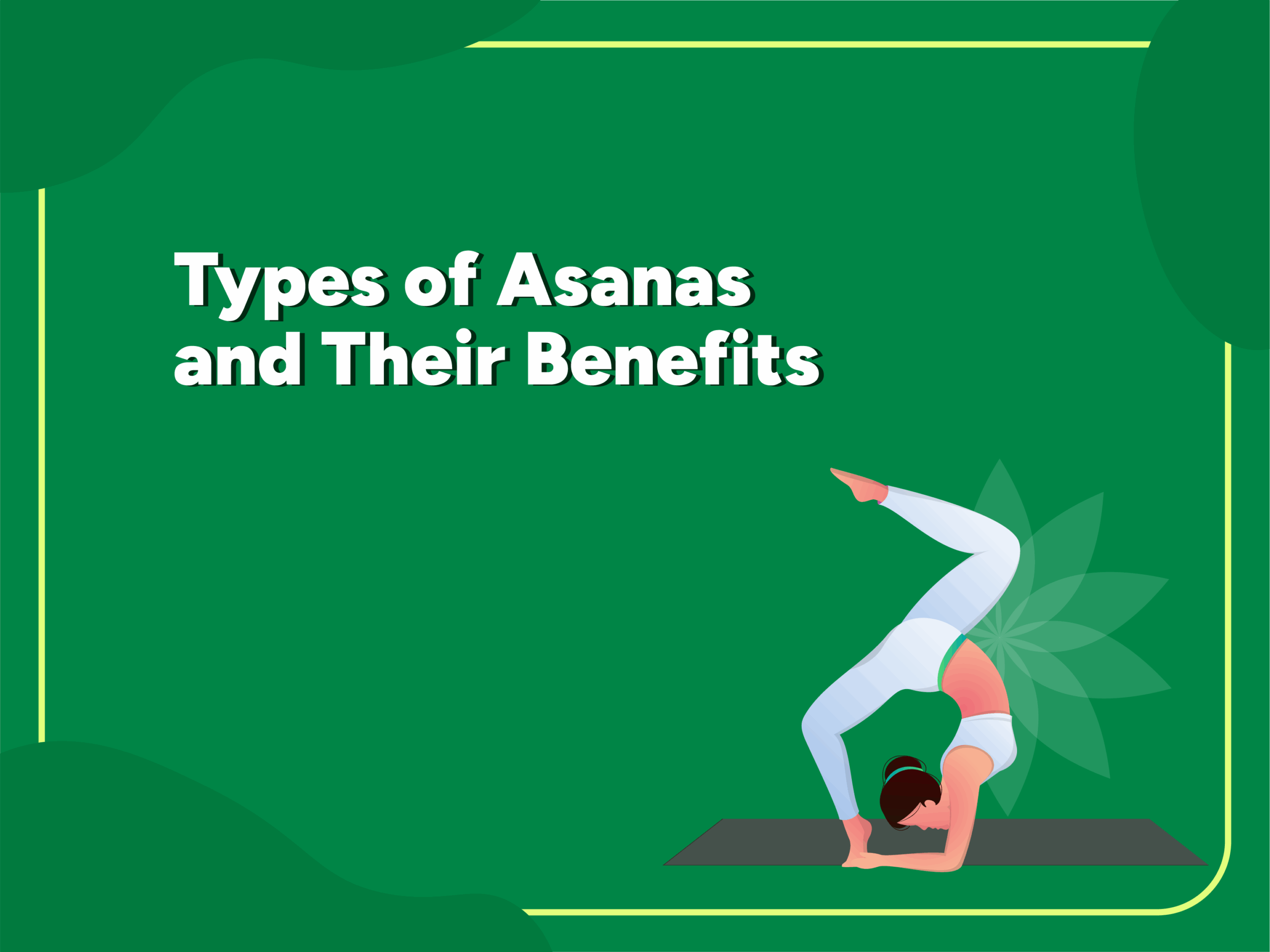


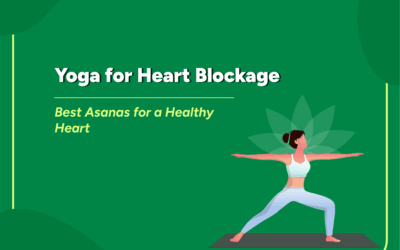
0 Comments